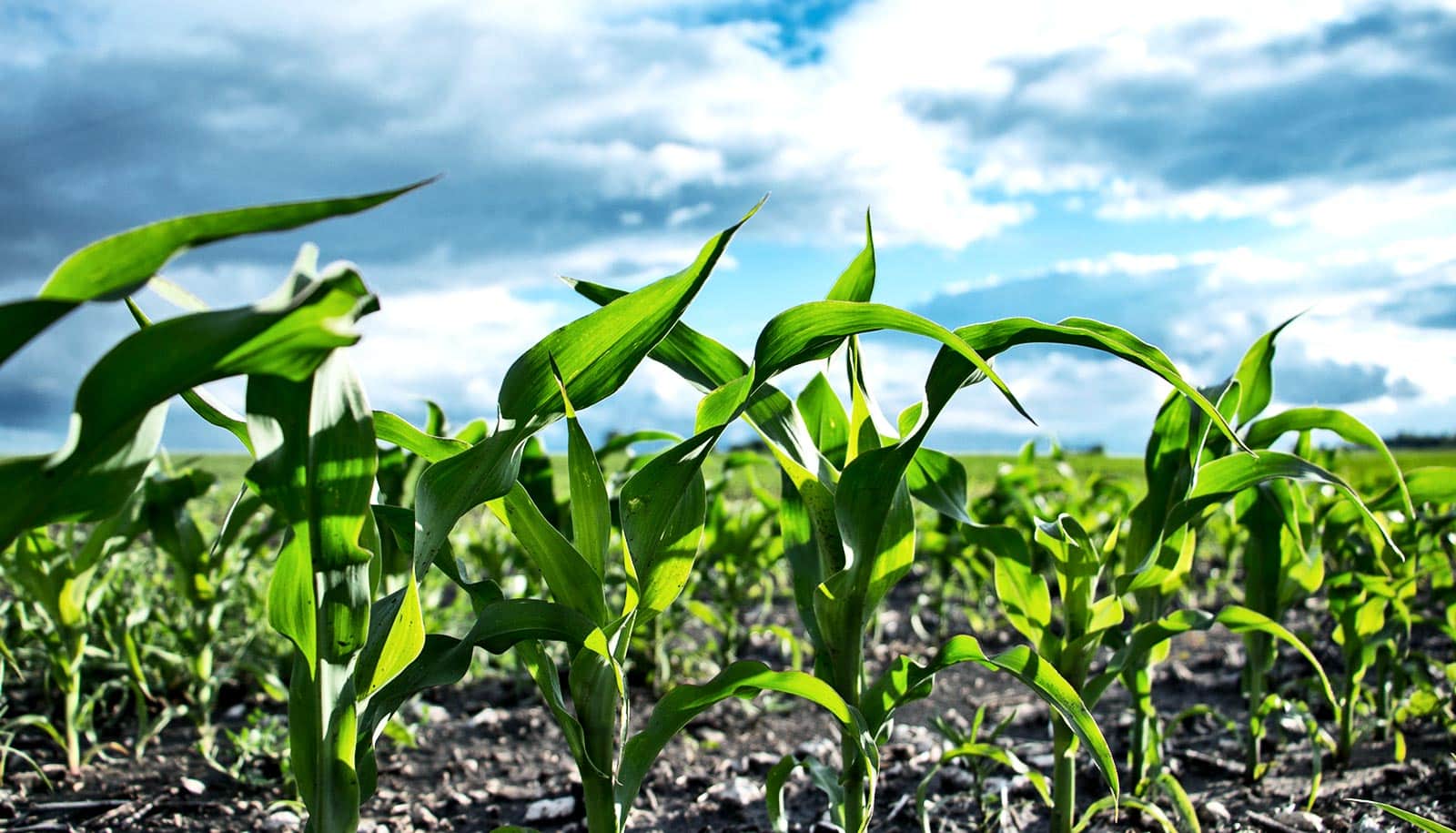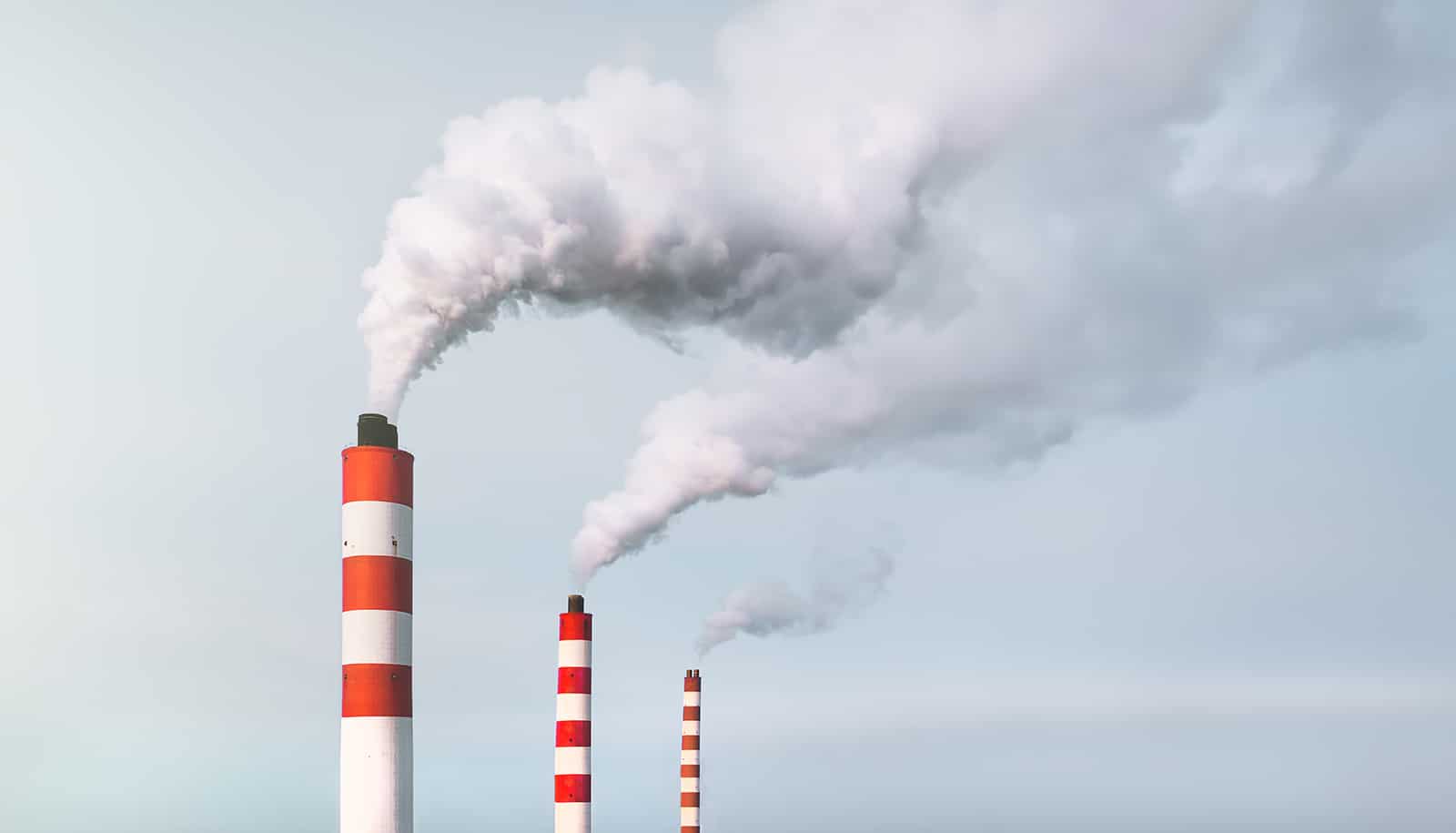Changes in land use and agricultural practices affect the amount of carbon stored in Midwestern soils, according to new research.
The results show that management practices can help to store carbon, a component of major greenhouse gases such as carbon dioxide and methane, and keep it from releasing into the atmosphere where it may contribute to climate change.
The study, which appears in the journal Global Change Biology, models how changes in Midwestern land use since 1850 have affected the global exchange of carbon between the land and atmosphere.
“Carbon fluxes due to land use and management are the most uncertain part of global carbon budget,” says coauthor Chaoqun Lu, assistant professor of ecology, evolution, and organismal biology at the University of Iowa. “We wanted to fill in those blanks. Usually ag management is oversimplified or not included at all, or legacy effects of long-term land use history are excluded from previous studies.”
The study focuses on how carbon can transfer from terrestrial sources such as soil or plants into the atmosphere, and vice versa during crop production. When carbon transfers from the ground into the atmosphere, it can contribute to climate change. But keeping it stored, or sequestered, in the ground slows the greenhouse effect.
Lu and her research team gathered data from the US Department of Agriculture and satellite images to reconstruct crop-related land use and management history in the Midwest dating back 165 years and used computer models to simulate how changes in land use affected carbon exchange. The Midwest underwent some of the most intense, human-induced changes in land use during that period, as people transferred grassland and wetlands to agricultural uses, Lu says.
According to the study, land use changes between 1850 and 2015 reduced billions of tons of carbon storage capacity in plants and soil. The model estimation showed periods of drastic cropland expansion, which peaked in the 1920s, reduced terrestrial carbon storage. The study found a decrease of about 1.35 billion tons of carbon storage in vegetation and about 4.5 billion tons of carbon storage loss in soil.
U.S. forests could be storing tons and tons more carbon
In addition, the study accounted for various agricultural practices such as tillage, fertilizer use, and crop rotation and derived the impact on carbon exchange. The researchers found modern agricultural management practices increased soil carbon storage capacity by nearly a billion tons, says Zhen Yu, an ecology postdoctoral researcher.
That’s good news in the sense that practices such as limited or no tillage contribute to carbon sequestration and help to realize environmental benefits, Lu says. The results also will help future researchers build a more complete understanding of global carbon exchange.
“The results imply that proper land management practices can potentially contribute to strengthen carbon sequestration of the agroecosystems in the Midwestern US,” Yu says.
Source: Iowa State University



